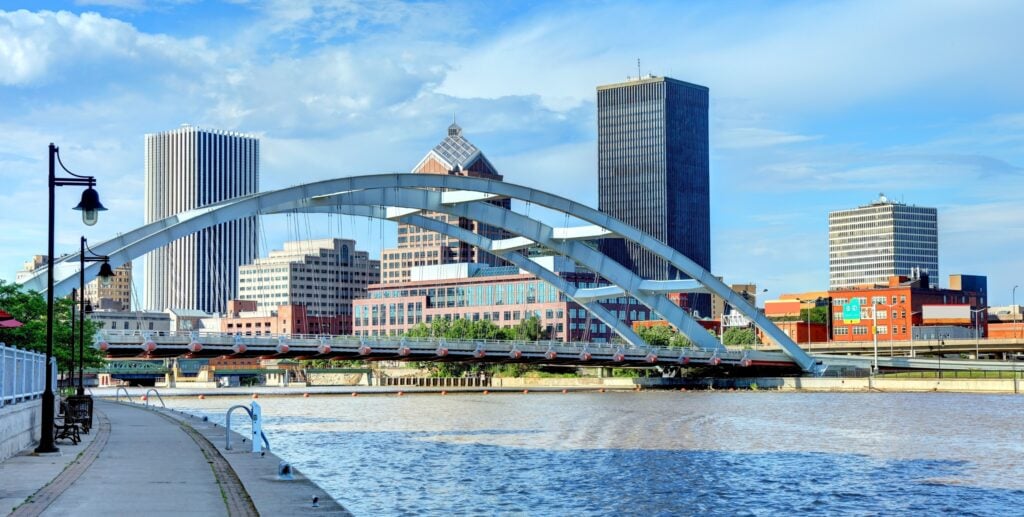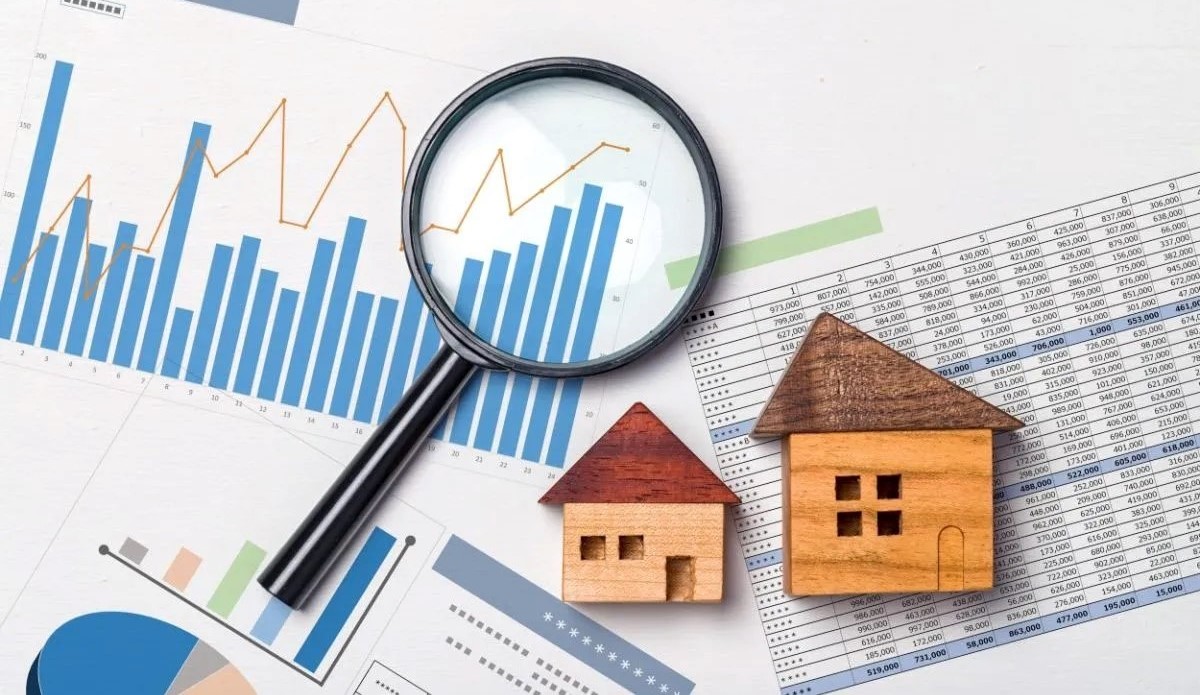A ‘ new era is Australian property’ is expected next year with a seismic changed expected to shake up the real estate market. Picture: Glenn Hunt / The Australian
Last week we released the 2025 McGrath Report, which reveals four major East Coast market trends as well as my top 21 suburb picks for the new year in NSW, Queensland, Victoria and Tasmania.
We also summarise today’s divergent market conditions across Australia and what’s happening on the ground this Spring season in Sydney, Brisbane, Melbourne, Hobart and the regions.
The overarching theme of this year’s report is ‘A new era in Australian property’, with many significant changes afoot that will impact both buyers and sellers over the long term.
RELATED: Aussie suburbs set to boom in 2025
John McGrath – many significant changes afoot that will impact both buyers and sellers over the long term. Picture: Julian Andrews
In our report, we discuss the government intervention underway now to raise housing supply.
Australians need more housing options in the areas where they want to live and work, giving them the freedom to choose different types of properties at different stages of life.
We also discuss the substantial impact of one of the wealthiest and largest population cohorts in Australian history – the Baby Boomers – reaching an age when big decisions are made.
The Baby Boomers hold half of Australia’s private wealth, so when a lot of them are buying and selling at the same time, it has the power to move markets.
Today we are seeing Boomers increasingly trading property by downsizing, seachanging, investing, or helping younger relatives to buy a home.
By 2025, every Boomer will have access to their superannuation, prompting many to make new choices. According to the Australian Bureau of Statistics, 710,000 Australians intend to retire between FY23 and FY28.
MORE: $130m mystery over ‘Elton John’s Aussie home
710,000 Australians intend to retire between FY23 and FY28. Photo: Naomi Jellicoe
MORE: Extreme steps buyers are taking to get homes
Many will make a sea-change, taking generous budgets to comparatively affordable coastal towns, with a steady price uplift inevitable in the most popular locations.
The allure of the coastal azure is one of the trends we explore in the McGrath Report this year.
While beachside living is a common aspiration, it’s no longer just about lifestyle. It’s also about affordability for the many city millennials now working from home, who have the freedom to move to the coast.
Affordability remains a key issue in Australian property, with higher interest rates and cost-of-living pressures straining both buyers and homeowners trying to manage vastly larger loan repayments.
The age of 2 per cent to 3 per cent mortgage rates is over, and many buyers are responding to tighter credit by moving to more affordable areas, particularly along the coast, or buying smaller homes in the cities.
MORE: Homes of our PMs: how new Albo mansion compares
Many Boomers will be selling out of their long held homes.
As for today’s market conditions, it’s unusual to see strong price growth when interest rates are higher, but this is only happening in the relatively more affordable markets of Perth, Brisbane and Adelaide, where demand also significantly outweighs supply.
These cities’ price growth has been so robust that Brisbane is now Australia’s second most valuable capital city – a feat not seen since 1997.
In addition, Adelaide home values are now higher than Melbourne for the first time in at least 40 years, and Perth values are also higher for the first time since 2015.
This means that Melbourne, a large international city rated among the world’s best for lifestyle, is now Australia’s third most affordable city market.
MORE: Ridiculous move that sent Al Pacino broke
This won’t be the case for long, especially given Melbourne is projected to become Australia’s most populous capital city by 2032.
In a world of geopolitical turmoil, Australia remains a safe haven and offers a stability that positions us well for the future.
The 2025 McGrath Report includes my 21 top suburb picks across the East Coast.
If you’re interested in finding out which suburbs I think are poised for price growth, you can view the report here.
+ By John McGrath
* John McGrath is the founder, Managing Director and Chief Executive Officer of McGrath Estate Agents




















 English (US) ·
English (US) ·